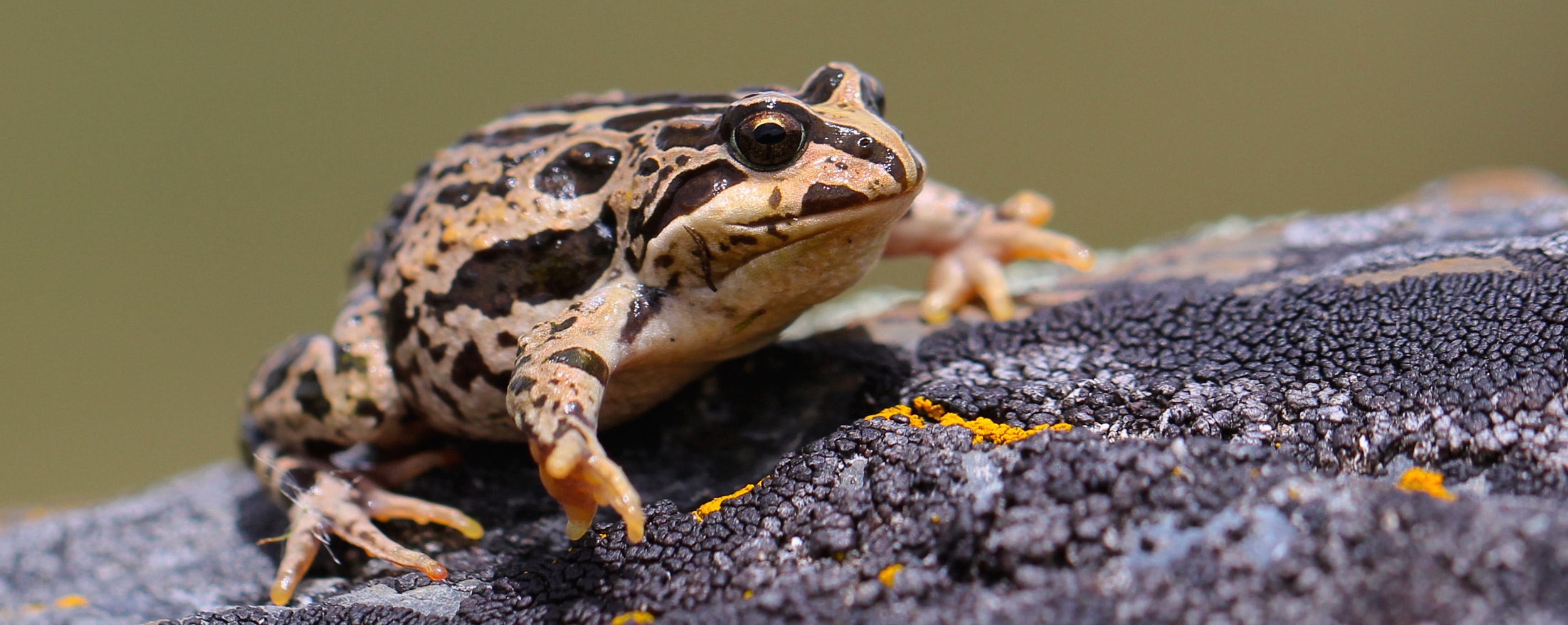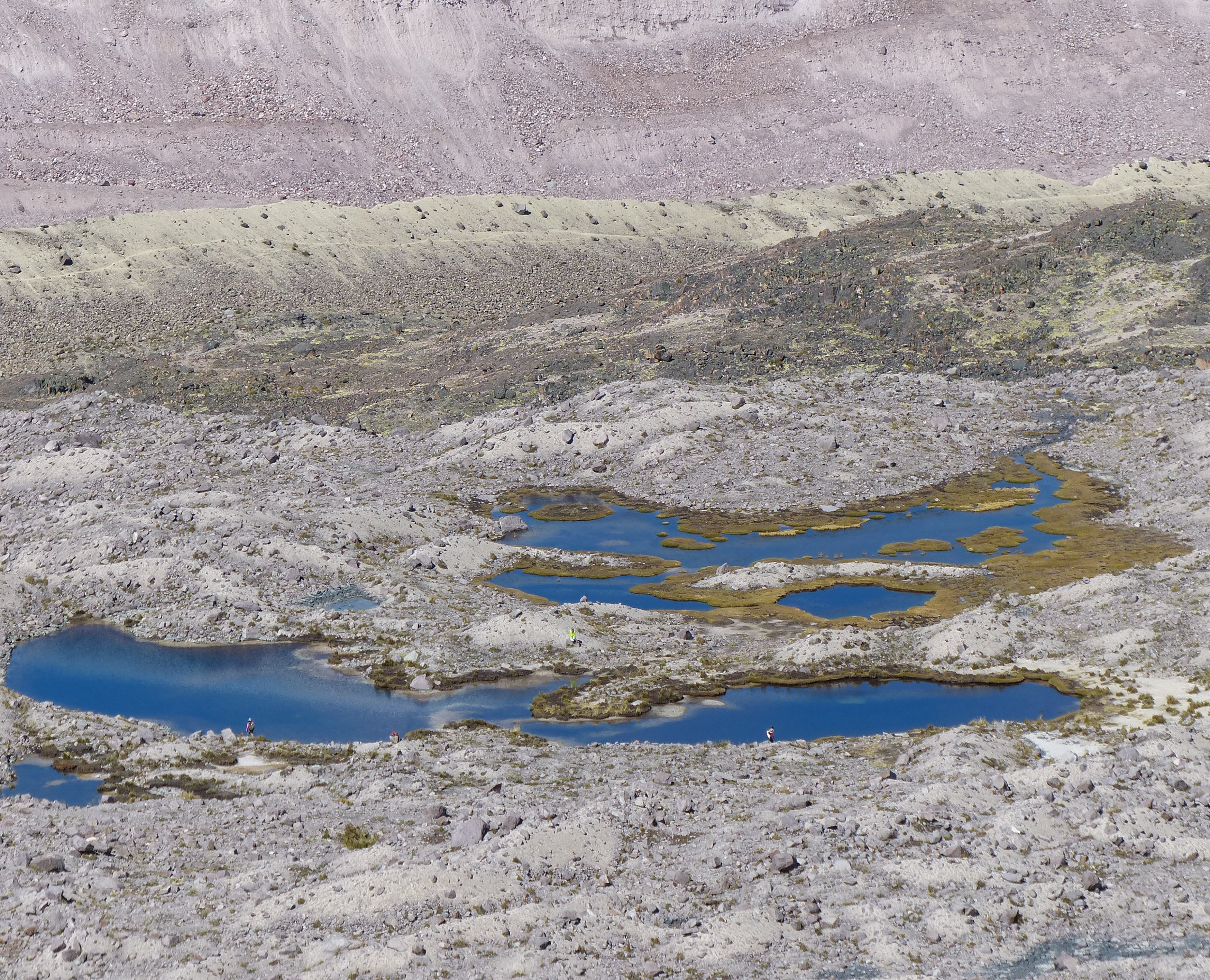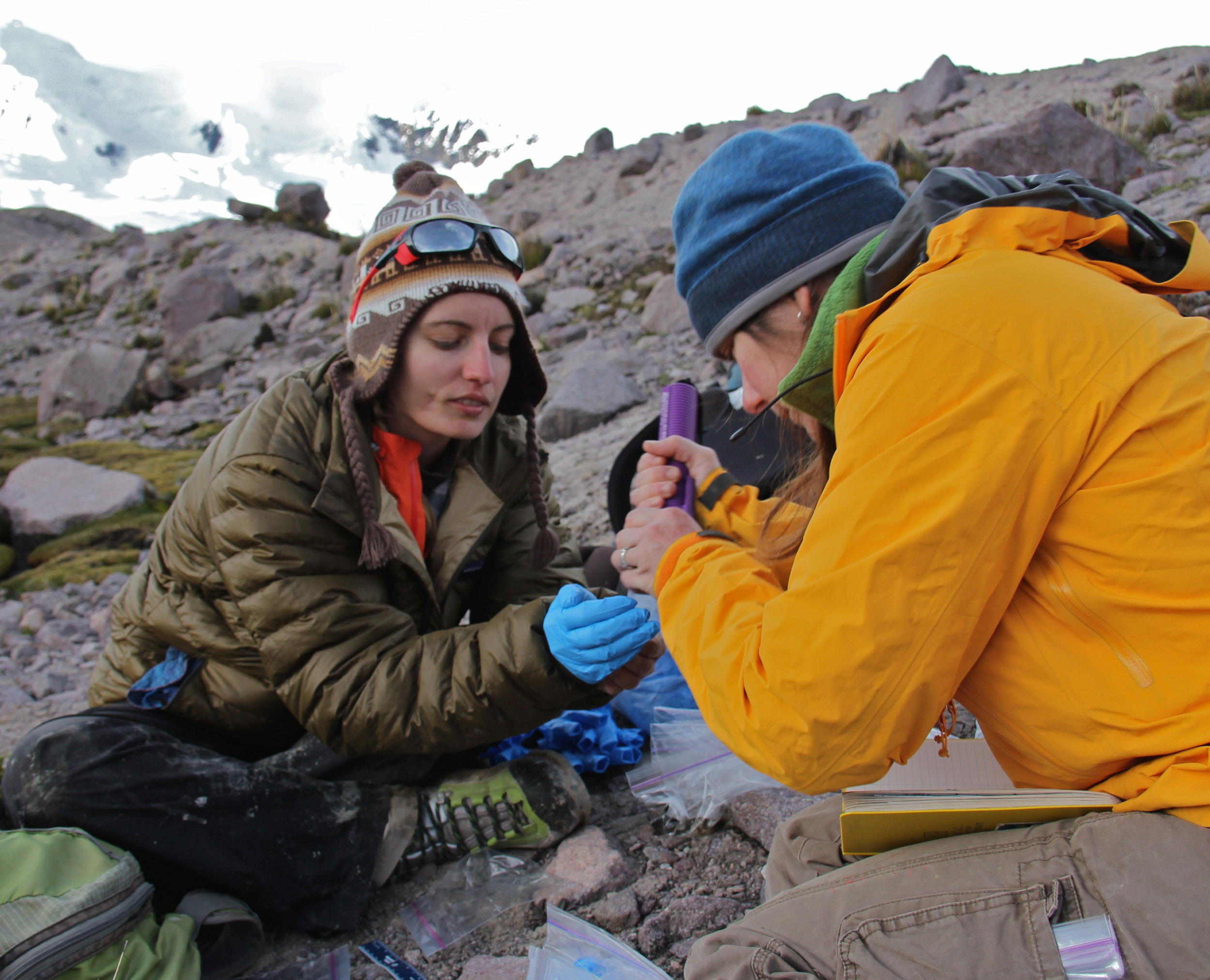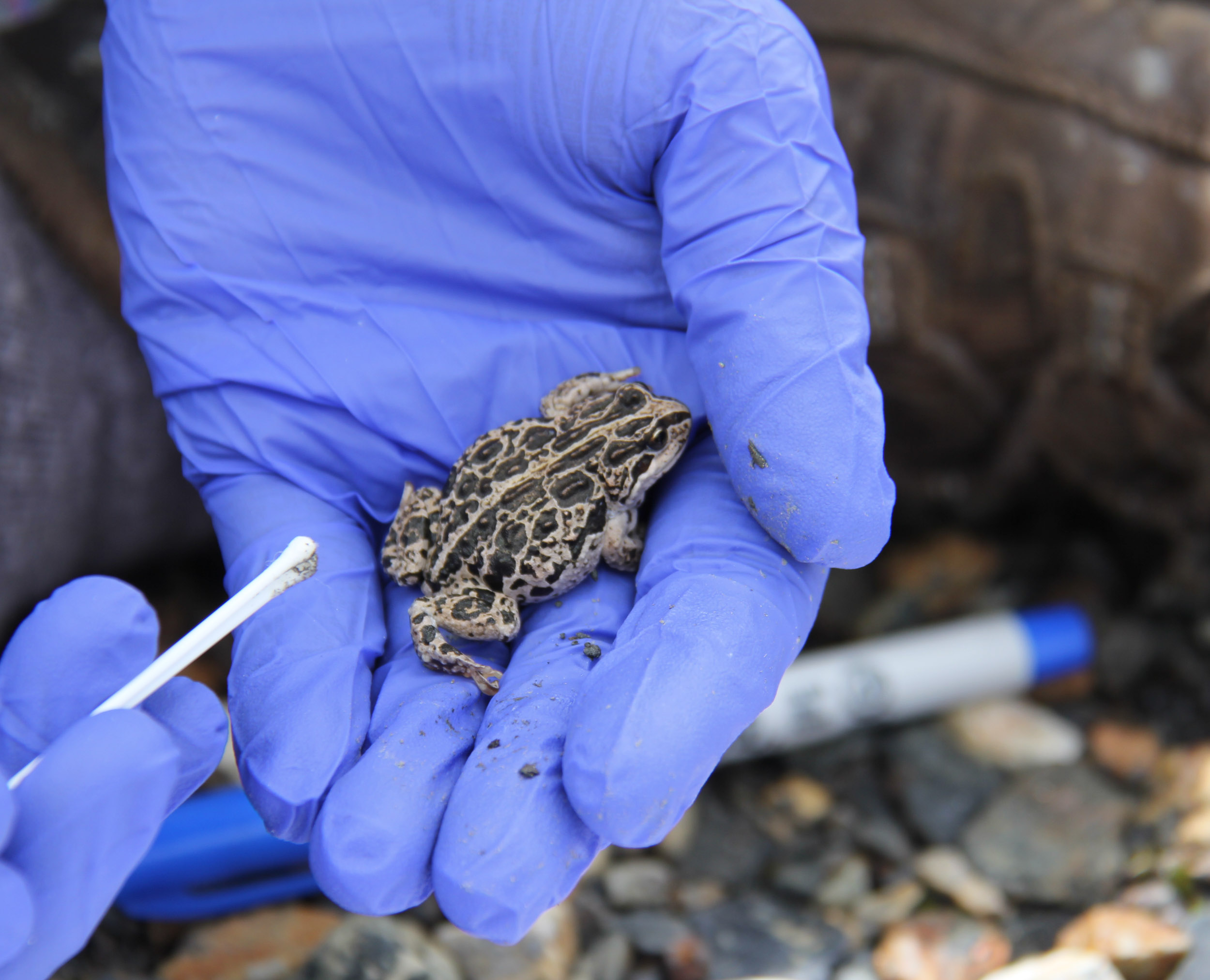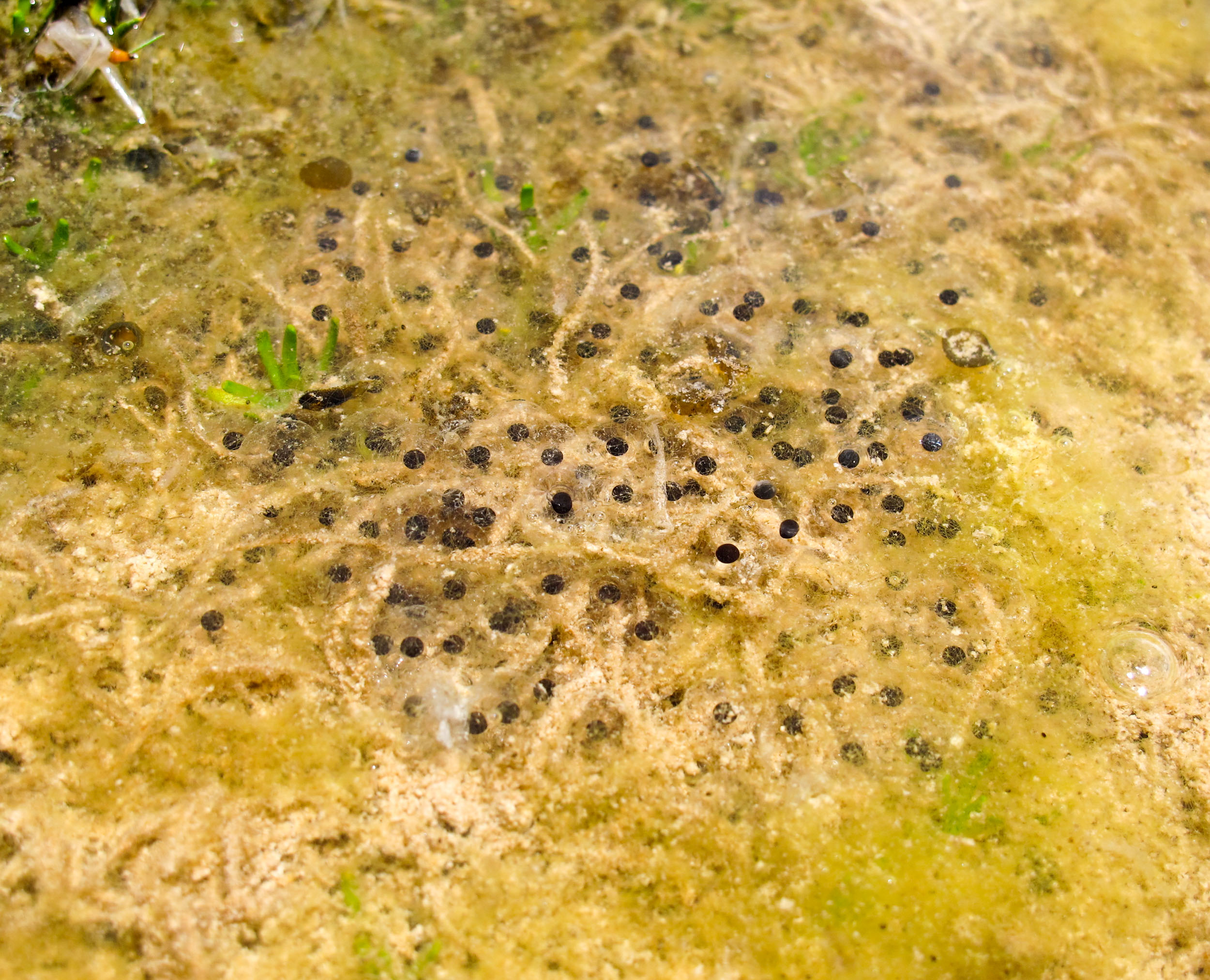Long-term monitoring of amphibians in the Cordillera Vilcanota, Perú
Amphibians are indicator species for environmental and climatic change, and high mountain environments provide an exceptional opportunity to study amphibians in the context of a dynamic and rapidly changing environment. Our work is based in the high alpine watershed of Lake Sibinacocha in the Cordillera Vilcanota of southern Peru. This lake is a major headwater for the Amazon ecosystem, and there three species of frogs and toads, Telmatobius marmoratus (marbled water frog), Rhinella spinulosa (the Andean toad), and Pleurodema marmoratum (marbled four-eyed frog), have expanded their range over the last century to inhabit newly formed ponds created as ice caps in the region have melted and receded due to global warming. These amphibians now are found at the highest elevations (5200-5400 m) ever recorded for any amphibian species. As these species are adapting to the warming climate by migrating and breeding in new ponds formed by deglaciation, they are also being impacted by disease (Seimon et al, 2007).

